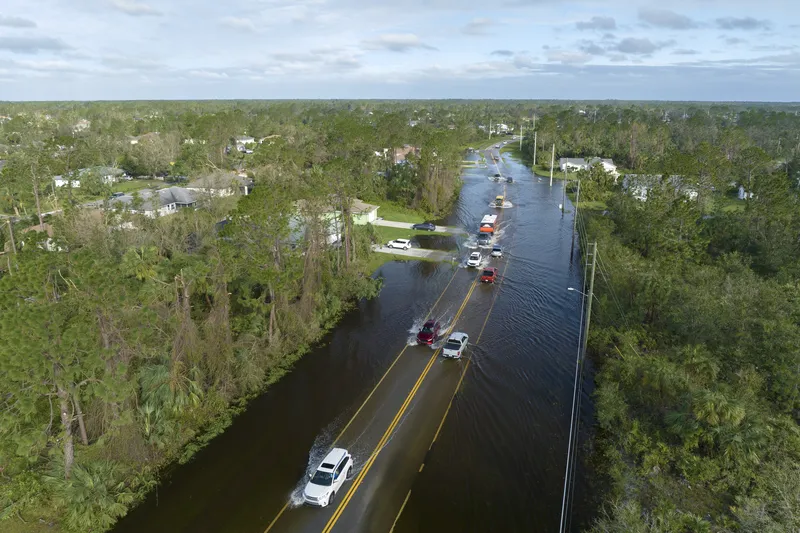US-based satellite and cellular-based machine-to-machine (M2M) solutions provider has launched its Orbcomm GT 1100, a self-powered M2M asset tracking and monitoring device designed for a variety of global markets including transportation and logistics, heavy equipment and oil and gas. The ruggedised, easy-to-install device is designed to fit seamlessly in between the indented spacing on intermodal containers. Its low profile and small size are also ideal for tracking and monitoring trailers and other types
May 17, 2013
Read time: 2 mins
US-based satellite and cellular-based machine-to-machine (M2M) solutions provider has launched its 3851 ORBCOMM GT 1100, a self-powered M2M asset tracking and monitoring device designed for a variety of global markets including transportation and logistics, heavy equipment and oil and gas.
The ruggedised, easy-to-install device is designed to fit seamlessly in between the indented spacing on intermodal containers. Its low profile and small size are also ideal for tracking and monitoring trailers and other types of cargo assets. The GT 1100 is sensor-compatible and self-powered with solar recharging technology for low power consumption, which works well for tracking and monitoring other remote unpowered assets such as construction and mining equipment.
The device can support cellular, satellite and dual-mode communication and will be offered initially with cellular communications capability.
“Based on the strong demand in both domestic and global markets for a flexible, cost-effective and reliable M2M solution, we see a tremendous opportunity for ORBCOMM to leverage its 14 years of industry expertise,” said Marc Eisenberg, Orbcomm’s chief executive officer. “While most solutions limit asset visibility to one or two views per day, this innovative solution gives you many daily reports. We are excited to bring Orbcomm’s high-performance GT 1100 to market.”
The GT 1100 also includes a robust software application, CargoWatch, for comprehensive device management. This web-based application delivers near-real-time, essential alerts on asset status, location, history, and arrival/departure, providing complete visibility for fleet and operations managers.
The ruggedised, easy-to-install device is designed to fit seamlessly in between the indented spacing on intermodal containers. Its low profile and small size are also ideal for tracking and monitoring trailers and other types of cargo assets. The GT 1100 is sensor-compatible and self-powered with solar recharging technology for low power consumption, which works well for tracking and monitoring other remote unpowered assets such as construction and mining equipment.
The device can support cellular, satellite and dual-mode communication and will be offered initially with cellular communications capability.
“Based on the strong demand in both domestic and global markets for a flexible, cost-effective and reliable M2M solution, we see a tremendous opportunity for ORBCOMM to leverage its 14 years of industry expertise,” said Marc Eisenberg, Orbcomm’s chief executive officer. “While most solutions limit asset visibility to one or two views per day, this innovative solution gives you many daily reports. We are excited to bring Orbcomm’s high-performance GT 1100 to market.”
The GT 1100 also includes a robust software application, CargoWatch, for comprehensive device management. This web-based application delivers near-real-time, essential alerts on asset status, location, history, and arrival/departure, providing complete visibility for fleet and operations managers.







